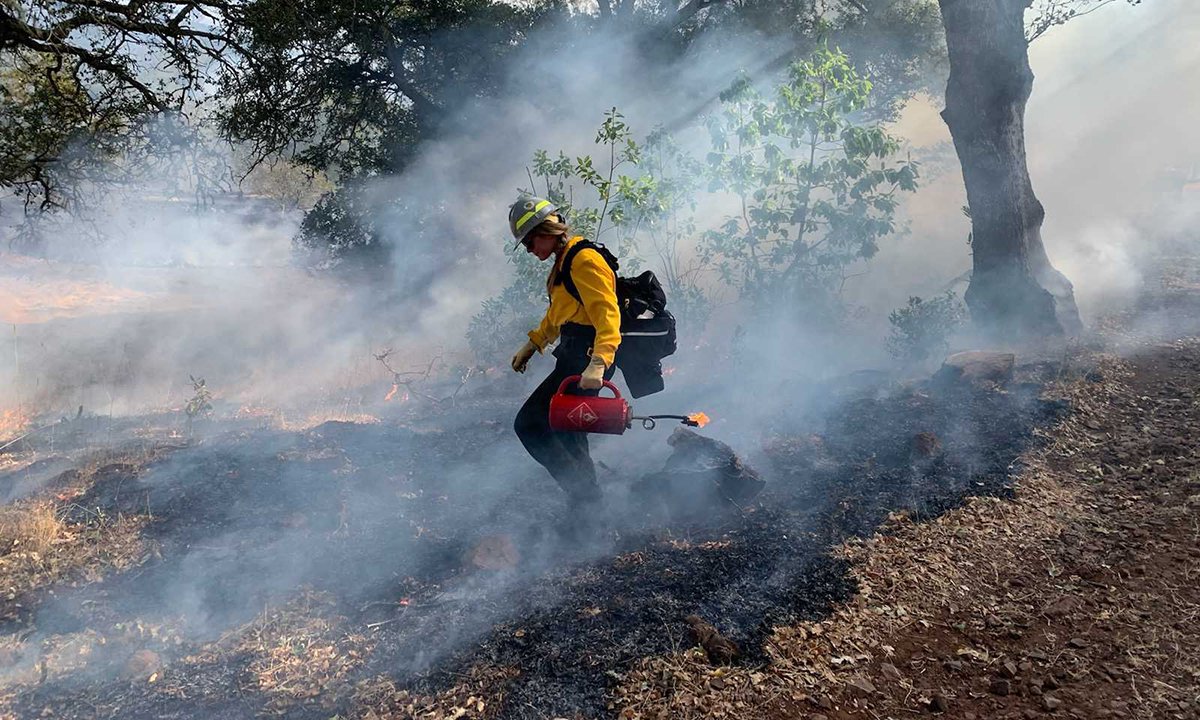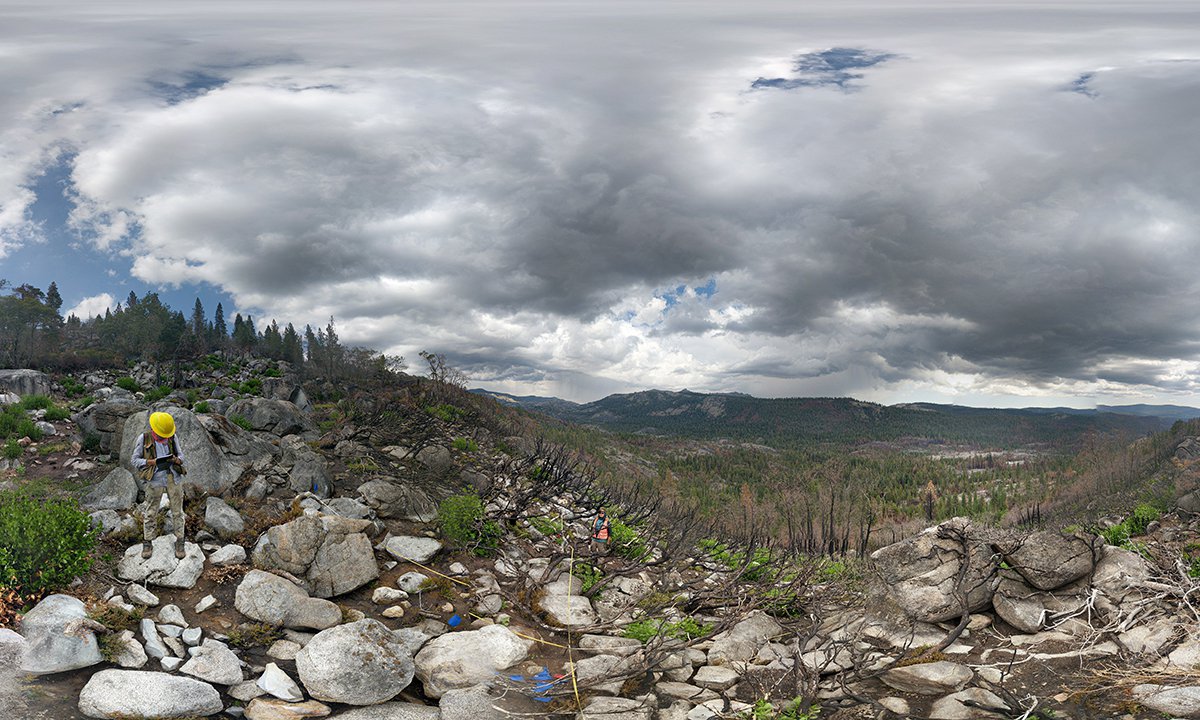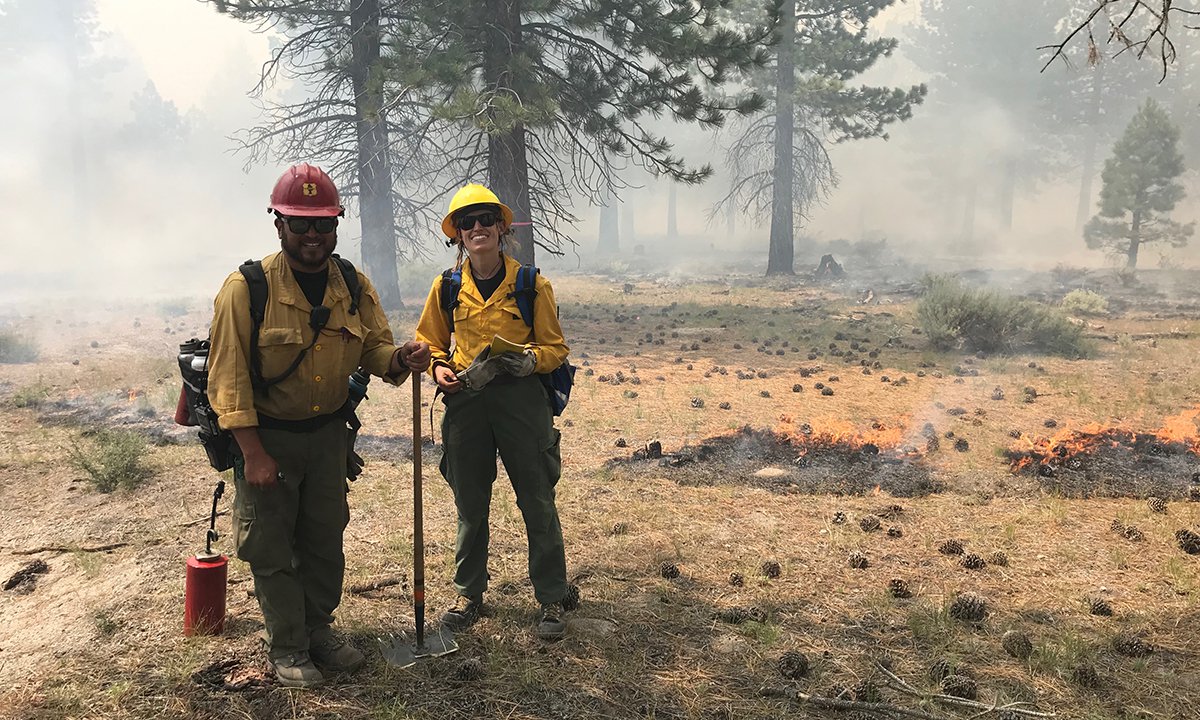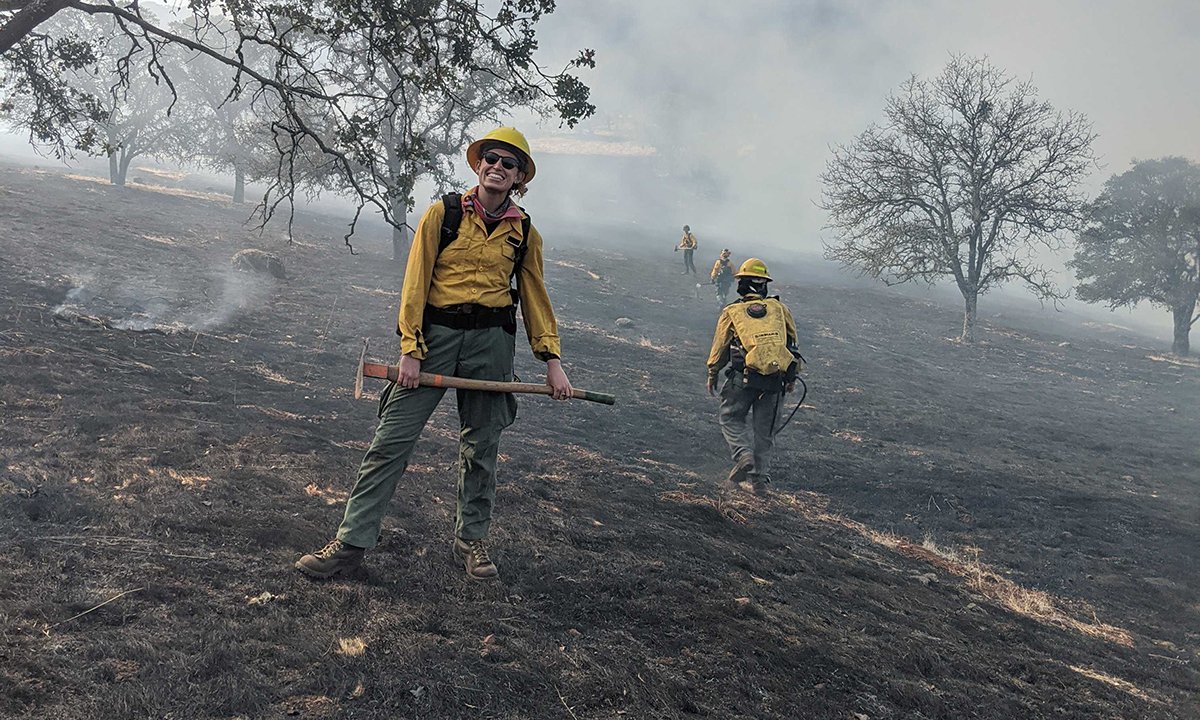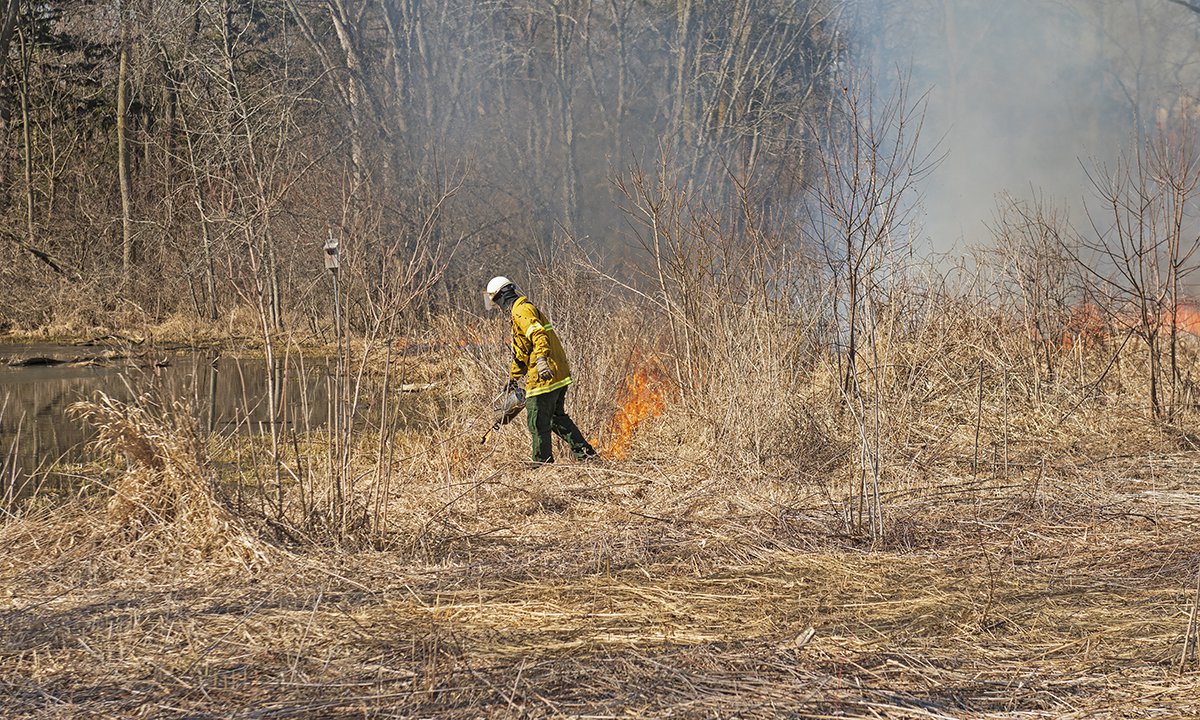Career Catalyst: Fire Ecologist
Let’s jump into this STEM career with a profile of a hot job: fire ecologist. Here’s a peek at the fiery fun Ashley Grupenhoff has as a research technician through her own words and on-the-job photos.
Ashley Grupenhoff (she/her)
Fire ecology graduate student and U.S. Forest Service research technician
Education: Bachelor of Science in biology and with a minor in mathematics from Virginia Commonwealth University
Did you know professionals will sometimes intentionally burn a forest to prevent catastrophic wildfires from occurring? It’s true! This surprising proactive method is called prescribed burning.
Fire is vital in maintaining biodiversity in fire-prone ecosystems, but changes in land management have altered natural fire patterns. It may seem counterintuitive but prescribed burning, completed at the right time of year, will reduce fuel loads just enough to prevent future wildfires from being too catastrophic.
My favorite part of being a fire ecologist is connecting with the many stakeholders interested in conducting burns. This includes forest service employees, tribal members, government officials and local homeowners. Each stakeholder varies in their specific objectives and prior experience with burning. Regardless of these differences, most are in full agreement that prescribed burns are vital for maintaining biodiversity, increasing forest resilience and limiting the severity of future wildfires. It's so fun to be out on a burn and see people from many different backgrounds working together to accomplish a common goal.
The average day of a graduate student is quite variable and, for me, depends on the time of year. My research is focused on understanding the ecological effects of prescribed fire in California's montane forests. During the spring and summer, I help run field crews collecting data on forest structure, plant community composition and surface fuel loading before, during and after prescribed burns. A typical day includes hiking to field sites, collecting data and communicating with landowners. When attending prescribed burns, I will usually be out all day working with fire crews to help burn while collecting weather and fire behavior data.
During the fall and winter I do a lot more work in the office. This includes writing grants, data analysis, preparing reports and papers, and teaching classes. I usually like to spend the mornings doing more difficult tasks, such as writing, reading papers and data analysis.
If you want to work as a fire ecologist, my main piece of advice is to stay curious! A fundamental aspect in ecology is understanding the interactions between living organisms. You can start thinking about that now! What are some of the organisms that live in your backyard? Why might they be there? How are they connected to or dependent on other living things in the area?
The general starting salary for my job is $30,000, but this can vary greatly depending on your exact position and location.
Learn More
